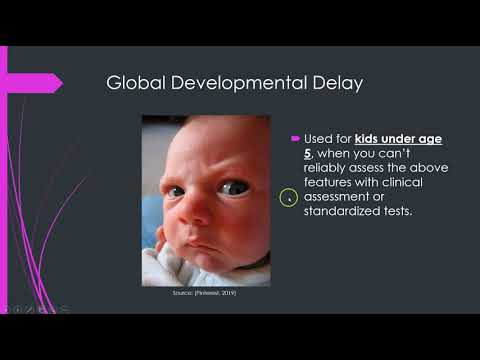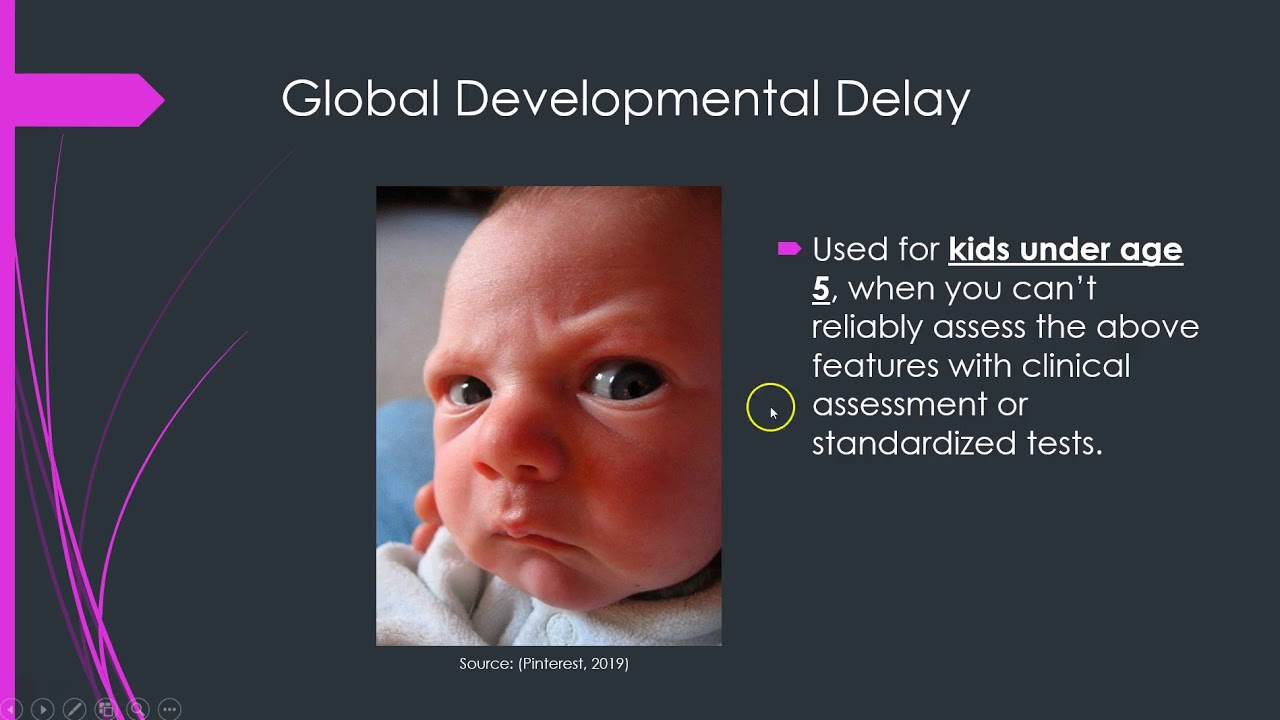What is DSM-5? Discover the revolutionary guide that has transformed the field of psychiatry and psychology. The fifth edition of the Diagnostic and Statistical Manual of Mental Disorders, commonly known as DSM-5, is a game-changer in the understanding and diagnosis of mental health conditions. With a comprehensive and updated collection of criteria for mental disorders, DSM-5 offers a fascinating exploration into the complexities of the human mind. Delve into the intricate web of symptoms, signs, and diagnostic criteria that shape our understanding of mental illness. This authoritative guidebook not only provides clinicians with a standardized framework for diagnosis but also empowers individuals to gain greater insight into their own mental well-being. Whether you are a practitioner seeking to enhance your clinical skills or an individual intrigued by the workings of the mind, DSM-5 offers a captivating journey into the realm of mental health. Unravel the mysteries of psychiatric disorders as you explore the evolving landscape of mental health diagnostics. Experience the transformative power of DSM-5 and embark on a fascinating exploration into the complexities of the human psyche.

What is DSM-5?
| Category | Description |
|---|---|
| Definition | DSM-5, also known as the Diagnostic and Statistical Manual of Mental Disorders, Fifth Edition, is a comprehensive classification system and diagnostic tool developed by the American Psychiatric Association (APA). |
| Purpose | DSM-5 provides a standardized framework for clinicians, researchers, and health professionals to identify, classify, and diagnose mental disorders accurately. |
| Revisions | Published in 2013, DSM-5 succeeded DSM-IV-TR and introduced significant changes in diagnostic criteria, terminology, and classification of mental disorders. |
| Multi-axial System | DSM-5 abandoned the multi-axial system used in DSM-IV-TR, which considered various aspects of an individual’s functioning, and introduced a more streamlined approach. |
| Cultural Considerations | DSM-5 emphasizes the importance of cultural factors in the diagnosis and assessment of mental disorders, recognizing that symptoms and expressions of distress may vary across cultures. |
| Neurodevelopmental Disorders | DSM-5 introduced a new category called “Neurodevelopmental Disorders,” which includes conditions such as Autism Spectrum Disorder (ASD) and Attention-Deficit/Hyperactivity Disorder (ADHD). |
| Dimensional Approach | DSM-5 incorporates a dimensional approach that allows clinicians to assess the severity of symptoms and functional impairment, providing a more comprehensive understanding of an individual’s mental health. |
| Research and Future Directions | DSM-5 continues to evolve as new research emerges, and future revisions are expected to refine diagnostic criteria and further enhance the precision and validity of mental disorder classification. |
The DSM-5: A Captivating Glimpse into the Human Mind
What is DSM-5?
DSM-5, which stands for the Diagnostic and Statistical Manual of Mental Disorders, Fifth Edition, is a comprehensive manual used by mental health professionals to diagnose and classify mental disorders. It is considered the standard reference for diagnosing mental illnesses in the United States and many other countries around the world.
The Purpose of DSM-5
DSM-5 serves several important purposes in the field of mental health. One of its primary goals is to provide a common language and set of criteria for diagnosing mental disorders. By standardizing diagnoses, DSM-5 helps ensure that mental health professionals are using consistent terminology and guidelines when assessing and treating patients.
Furthermore, DSM-5 provides a framework for understanding and studying mental disorders. It classifies disorders into categories and subcategories based on shared symptoms and characteristics. This classification system allows researchers and clinicians to better understand the underlying causes, risk factors, and treatment options for different disorders.
DSM-5 also plays a crucial role in insurance reimbursement. Insurance companies often require a DSM-5 diagnosis in order to cover the cost of mental health treatment. Having a standardized manual helps ensure that individuals receive appropriate care and that insurance claims are processed accurately.
Changes in DSM-5
DSM-5 represents a significant update from its predecessor, DSM-IV. Released in 2013, DSM-5 introduced several important changes to the classification and diagnosis of mental disorders.
One major change is the elimination of the multiaxial system used in DSM-IV. In DSM-IV, clinicians were required to evaluate patients on five different axes, including clinical disorders, personality disorders, and general medical conditions. DSM-5 abandoned this system and integrated all relevant information into a single diagnostic statement.
DSM-5 also introduced new disorders and modified existing diagnostic criteria. For example, it added binge eating disorder as a distinct diagnosis and reclassified Asperger’s syndrome as part of the autism spectrum disorder. These changes reflect advances in our understanding of mental health and aim to improve diagnostic accuracy and treatment effectiveness.
Criticism and Controversy
Despite its widespread use and influence, DSM-5 has not been without its share of criticism and controversy. Some argue that the manual pathologizes normal behaviors and emotions, expanding the boundaries of mental illness to include natural variations in human experience. Others believe that the diagnostic criteria are too subjective and lack scientific validity.
Another point of contention is the influence of pharmaceutical companies on the development of DSM-5. Critics argue that the inclusion of certain disorders or the expansion of diagnostic criteria may be driven by financial interests rather than scientific evidence. The debate surrounding the role of industry in shaping psychiatric diagnoses continues to be a topic of concern.
Additionally, cultural and cross-cultural considerations have been raised as a limitation of DSM-5. The manual’s diagnostic criteria and categories may not adequately capture the unique expressions of mental disorders in different cultural contexts, leading to potential misdiagnosis or underdiagnosis.
The Future of DSM
The ongoing evolution of DSM is an important topic of discussion within the field of mental health. The American Psychiatric Association, responsible for publishing DSM-5, recognizes the need for ongoing updates and revisions to keep pace with advancements in research and clinical practice.
Efforts are underway to address some of the criticisms and limitations of DSM-5. The field of psychiatry is actively exploring alternative diagnostic frameworks and tools that incorporate a more comprehensive understanding of mental health. These efforts aim to improve the validity, reliability, and cultural sensitivity of mental disorder diagnoses.
Furthermore, the development of DSM-5 has highlighted the importance of a multidimensional and individualized approach to mental health assessment and treatment. Many mental health professionals now emphasize the importance of considering a person’s unique circumstances, background, and experiences when formulating a diagnosis and treatment plan.
In conclusion, DSM-5 plays a vital role in the field of mental health by providing a standardized framework for diagnosing and classifying mental disorders. While it has faced criticism and controversy, DSM-5 continues to be an essential resource for mental health professionals worldwide. As our understanding of mental health continues to evolve, it is crucial that diagnostic manuals like DSM-5 adapt to incorporate new knowledge and perspectives.
What is DSM-5?
- DSM-5 stands for Diagnostic and Statistical Manual of Mental Disorders, Fifth Edition.
- It is a manual published by the American Psychiatric Association (APA).
- DSM-5 provides diagnostic criteria and classification of mental disorders.
- It is used by healthcare professionals, researchers, and insurance companies.
- DSM-5 helps in diagnosing and treating mental health conditions.
- It includes criteria for various mental disorders such as depression, anxiety, schizophrenia, etc.
- DSM-5 was published in 2013, replacing the previous version DSM-IV.
- It is regularly updated to incorporate new research and understanding of mental disorders.
- DSM-5 aims to improve the accuracy and consistency of diagnosing mental illnesses.
- It provides a common language and framework for mental health professionals.

